Into the Garden
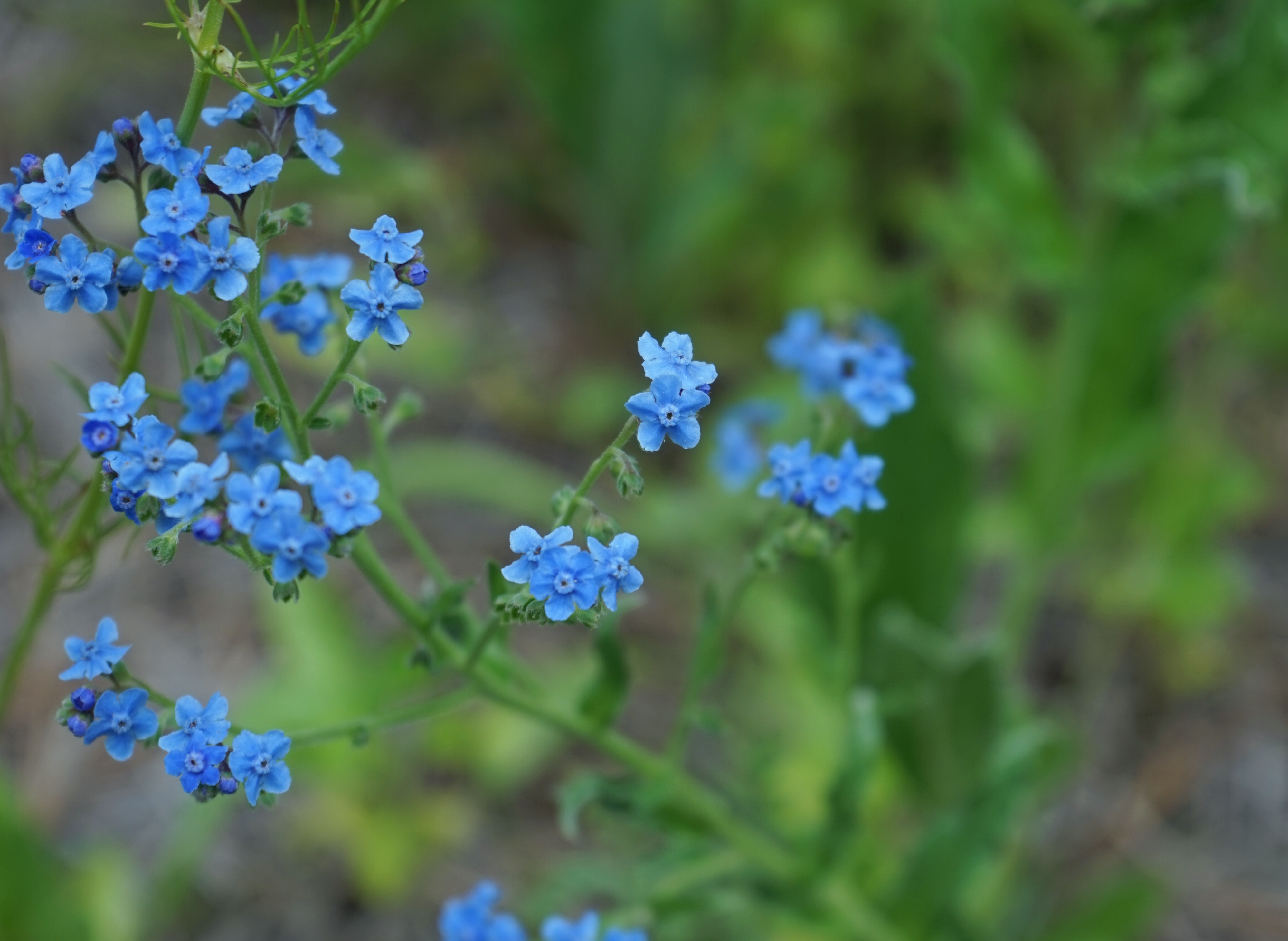
After she parks her car each morning, Isaura Delgado looks for new colors. She walks up to the flowering plants before going into the Elton B. Stephens Science Center, and early blooms catch her eye.
“If I see a new color, I go running to it,” Delgado says. “It’s this fun surprise from day to day, and every time there’s something new, we photograph it.”
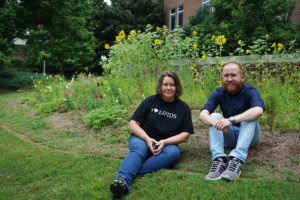 She shares these updates with the Birmingham-Southern chemistry department and texts Corey Cates, her partner in the gardening project. This past spring, Delgado and Cates, BSC chemistry and biology lab coordinators, respectively, planted a pollinator garden in the empty bed by the ground-level entrance to Stephens. The wildflowers fill what used to be dry dirt and provide nutrients for pollinators like bees, butterflies, and moths.
She shares these updates with the Birmingham-Southern chemistry department and texts Corey Cates, her partner in the gardening project. This past spring, Delgado and Cates, BSC chemistry and biology lab coordinators, respectively, planted a pollinator garden in the empty bed by the ground-level entrance to Stephens. The wildflowers fill what used to be dry dirt and provide nutrients for pollinators like bees, butterflies, and moths.
“A great majority of bees have been destroyed by pesticides. By constructing buildings and parking lots, people destroy a lot of the natural meadows and wildflowers that pollinators can feed off,” Delgado says.
Both gardeners themselves, Delgado and Cates got the idea last winter and started to plant in the building’s greenhouse. Along with other science faculty members, they collected seeds from home (like the ones that come in Cheerio boxes) and eventually moved the wildflowers to the bed when sprinklers were set in place.
“Many of the flowers are self-seeding, so we’re hoping a lot of it comes back next year,” Cates says. “Our only plan was the sunflowers and snapdragons. Everything else was just haphazard.”
The pollinator garden has a wide variety of plants right now, including daisies, poppies, cosmos, bachelor’s button, and basil. Since they mainly used wildflower mixes, Delgado and Cates never really know what might sprout. The garden started with whites and greens but soon brought a wave of blues along with pinks, yellows, and reds.
Wildflowers hold more nutrients than larger showy plants, and science faculty, staff, and students watch to see what kinds of pollinators make a visit.
“We’re trying to make our students aware that by introducing something like this, we are not just benefitting butterflies and bees, but also nighttime pollinators that we don’t usually see,” Delgado says.
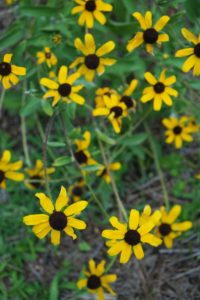 In the biology department, students have been working with moths, and the garden enhances their studies. Because of their bright color, the white and yellow flowers help attract the moths at night.
In the biology department, students have been working with moths, and the garden enhances their studies. Because of their bright color, the white and yellow flowers help attract the moths at night.
The pollinator garden has grown into a well-cared-for project for the biology and chemistry departments and a curiosity for those unfamiliar with gardening. Delgado and Cates say that it feels like a building-wide project that everyone can contribute to. Just as Delgado and Cates go out to pick weeds when they have a free moment or after the workday, students and faculty too scan for weeds they can pull on their way in and out of class.
Other schools and colleges in Alabama have received grants to create pollinator gardens, but this project flourishes all thanks to community in the sciences at BSC.
“If we can take a piece of land that we’re not using and provide somewhere that these pollinators can find food, we can try to help a bit,” Delgado says.
The pollinator garden is located at the ground level entrance of the Elton B. Stephens Science Center, facing Yeilding Chapel and residence halls.

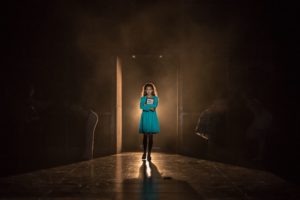
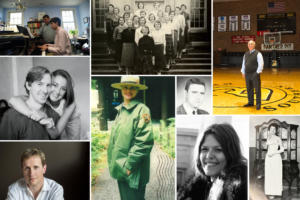
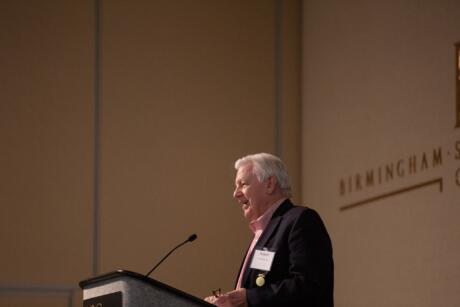
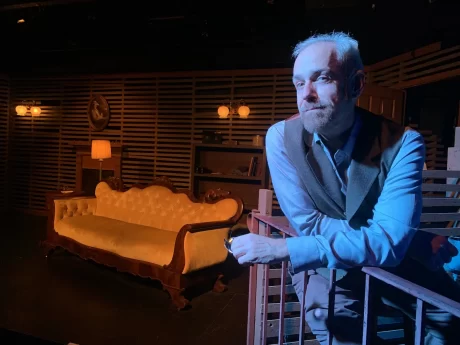
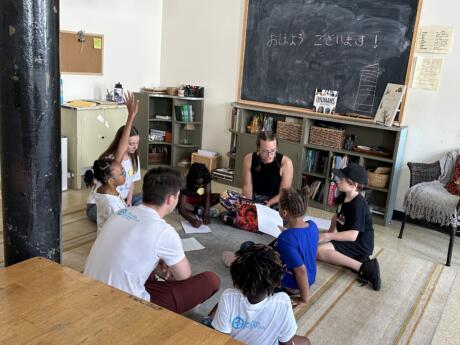
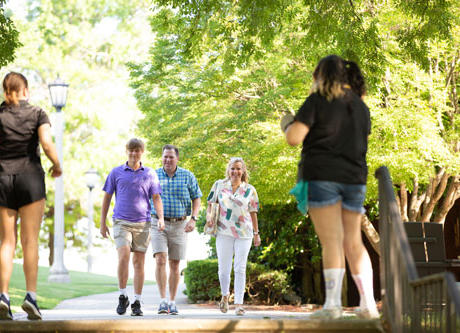
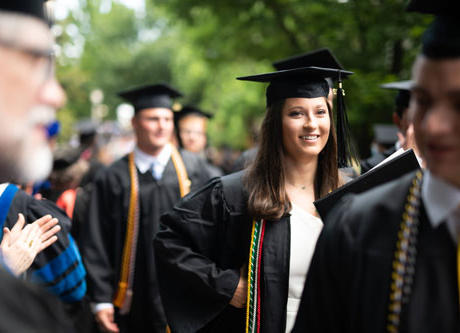
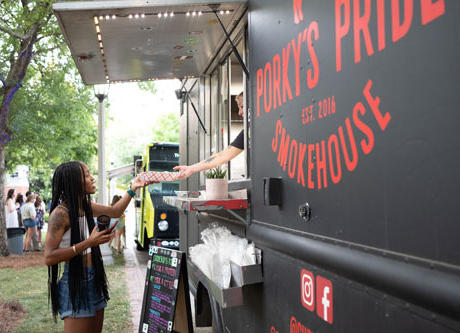

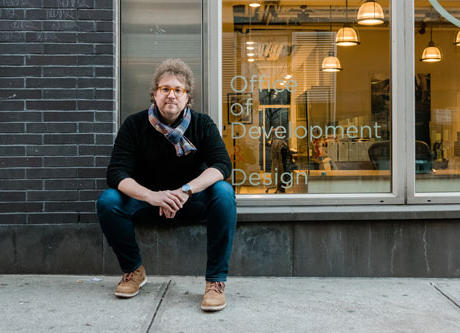
// Comments are closed //